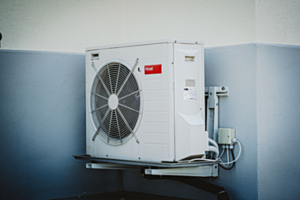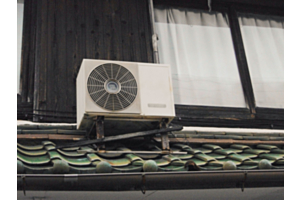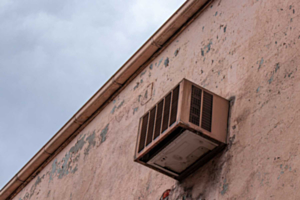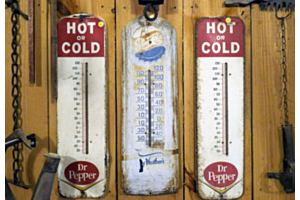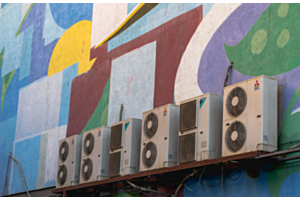Monthly Archives: January 2022
-
January 25, 2022
Once the last snow of the season melts, you’re outside every weekend mowing your lawn, pruning your landscaping, and tending to your garden. You care just as much about the exterior of your home as the interior. After all, when people drive by, it’s the outside of your property they see.
This year, you’ve toyed with the idea of getting a ductless mini split system installed. However, you worry that the inclusion of the system on your property would detract from the look of your home’s exterior.
What does a mini split look like on the outside of the home?
Well, we think you’ll be happy to learn that it doesn’t look like much. Ductless mini split systems include air-handling units and a compressor or condenser. The air-handling units, whether you have one or several for your home, all go inside the house.
The compressor is the outdoor part of your ductless mini split system. It’s about as large as an outdoor air conditioner as part of a central air unit, but
-
January 18, 2022
Ah, saving money. It sure is nice, right? You try to cut back wherever you can in many areas of your life.
You wish you could do something about your energy bills though, as those are higher than you’d like. You try to turn off the lights when not in a room and unplug devices you’re not using. Is there more you can do?
Yes, there is. By switching to a ductless mini split system over traditional HVAC such as heaters or air conditioners, you can see some potentially significant savings.
How much money can you expect to pocket by getting a ductless mini split system installed? That varies depending on the square footage of your home, what you currently pay for heating and cooling, and how much heating and cooling you need in British thermal units or BTUs and the cost per kW in the area that you live.
According to mini split manufacturer Mitsubishi, ductless cooling and heating can
-
January 11, 2022
A ductless mini split system requires a condenser and air-handling unit to work in conjunction with one another. Both units generate cool or warm air. The condenser goes outside of your home and the air-handling units are installed in the various indoor zones where you need the most heating and cooling.
Precisely how much distance is permitted between the mini split air-handling units and the condenser?
That’s between 15 and 50 feet.
The air-handling units and condenser are connected via a refrigerant line. As the name implies, the line allows the refrigerant to flow through the two components so heating and cooling can occur.
The average length of mini split line is 25 feet, which means that most homeowners select a place for their condenser that creates that much distance between it and the indoor air-handling units.
If your home is narrower and you can’t make 25 feet of space work, then you might opt for 15 feet from one part of the mini split
-
January 04, 2022
Almost every ceiling in your home has its own fan. On especially sweltering summer days and nights, you rely on those fans to provide cool air. After another heatwave though, you’ve decided you need a better cooling (and heating) solution.
That’s inspired you to consider a ductless mini split system. Your system has yet to be installed, but you’re wondering if you should still keep your ceiling fans or whether they’d be redundant.
There’s no need to get rid of your ceiling fans now that you’ve chosen a ductless mini split system. You certainly won’t have to use your ceiling fans as much though, that’s for sure!
After


